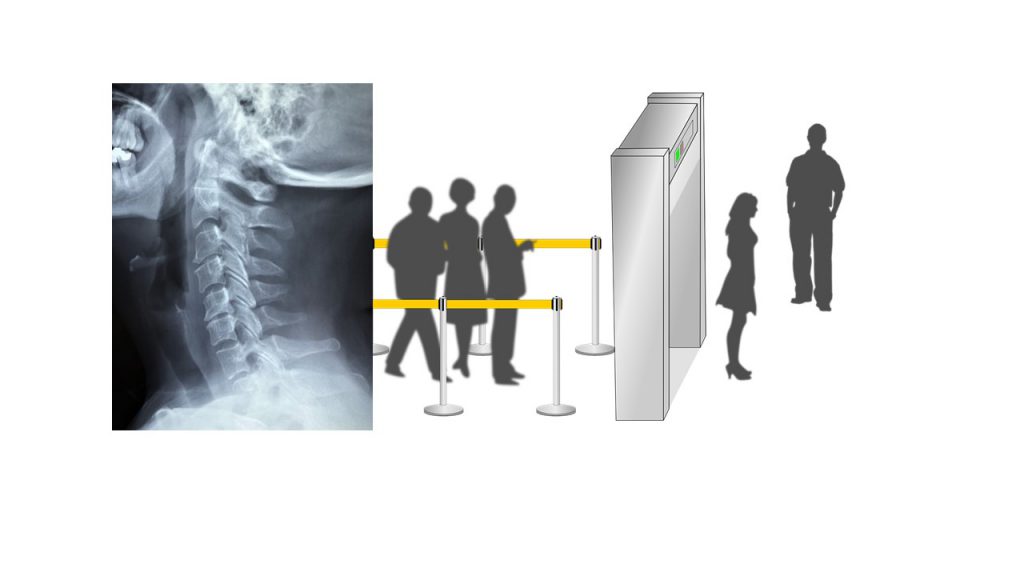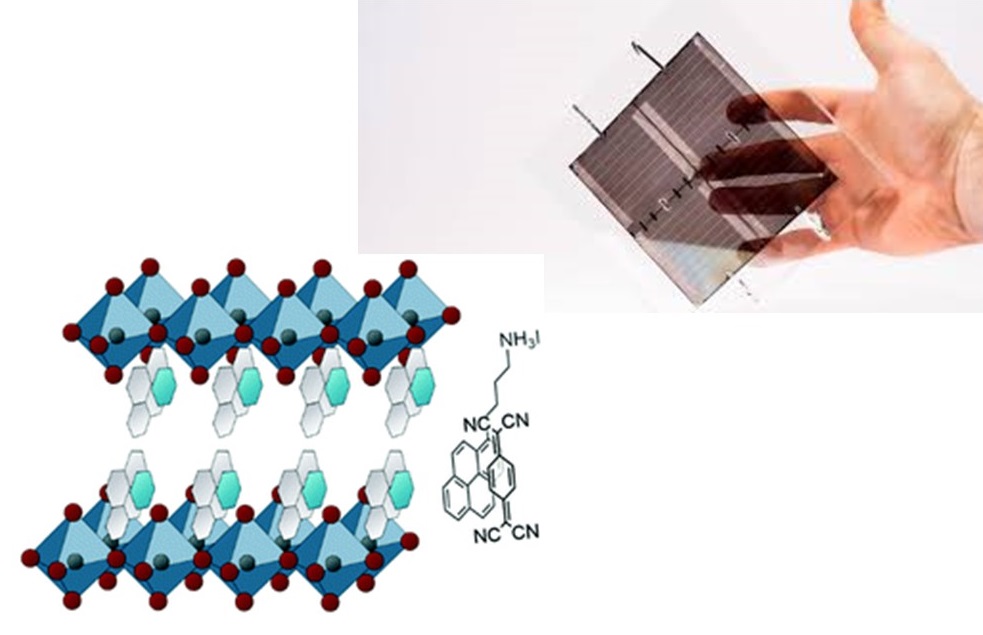
Increasing demand of X-ray imaging for healthcare and security screening result in growing radiation-related health risks, due to more frequent and increased X-ray exposure of people. To minimize such risks, much more sensitive direct X-ray detectors with fast time response are mandatory, allowing operating at lower radiation dose. While hybrid perovskites have characteristics that make them superior candidates as X-ray photoconductors, realizing large areas and thick layers, at acceptable cost, requires innovative approaches.

Current projection systems rely on 3 different lasers to generate red, green and blue, a costly approach that offers limited options to eliminate intrinsic problems of laser projection, such as speckle. An alternative would be the combination of a commercial blue laser with low-cost, optically pumped red and green lasers. Development of colloidal hybrid perovskite nanocrystals as gain media can provide the high gain coefficients, low pumping thresholds and ease of processing such laser devices need.

In essence, improvement of the performance of the actual perovskite materials used in photovoltaic devices relies on more efficient energy harvesting and enhancement of the photo- and thermal stability. Further development on mixed cations and/or halides and of the use of additives in the design of novel 3D hybrid perovskite thin films is envisaged in PROCEED, to result in improved optical and electronic properties. Also specially designed 2D layered hybrid perovskites including organic layers with extra functionalities is an ambition, showing enhanced charge transport properties, increased absorption and superior long-term ambient stability.
